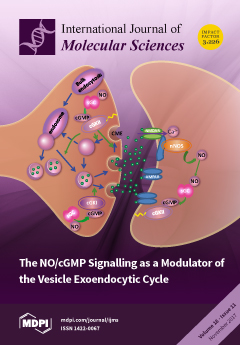1
Department of Marine Biotechnology and Resources, National Sun Yat-sen University, Kaohsiung 80424, Taiwan
2
Department of Marketing and Distribution Management, Fortune Institute of Technology, Kaohsiung 83158, Taiwan
3
Division of Cardiology, Department of Internal Medicine, Pingtung Christian Hospital, Pingtung 90059, Taiwan
4
Division of Cardiology, Department of Internal Medicine, Kaohsiung Veterans General Hospital, Kaohsiung 81362, Taiwan
5
Department of Biological Science and Technology, National Pingtung University of Science and Technology, Pingtung 91201, Taiwan
6
Tungkang Biotechnology Research Center, Fisheries Research Institute, Council of Agriculture, Pingtung 92845, Taiwan
7
Doctoral Degree Program in Marine Biotechnology, National Sun Yat-sen University and Academia Sinica, Kaohsiung 80424, Taiwan
8
Center for Neuroscience, National Sun Yat-sen University, Kaohsiung 80424, Taiwan
9
Marine Biomedical Laboratory and Center for Translational Biopharmaceuticals, Department of Marine Biotechnology and Resources, National Sun Yat-sen University, Kaohsiung 80424, Taiwan
10
Graduate Institute of Biomedical Engineering, National Chung Hsing University, Taichung 40227, Taiwan
11
College of Oceanology and Food Science, Quanzhou Normal University, Quanzhou 362000, China
12
Department of Obstetrics and Gynecology, Kaohsiung Veterans General Hospital, Kaohsiung 81362, Taiwan
13
Department of Obstetrics and Gynecology and Institute of Clinical Medicine, National Yang-Ming University, Taipei 11221, Taiwan
14
Department of Pharmacy and Graduate Institute of Pharmaceutical Technology, Tajen University, Pingtung 90741, Taiwan
15
Division of Chinese Materia Medica Development, National Research Institute of Chinese Medicine, Taipei 112, Taiwan
16
Fujian Province Key Laboratory for the Development of Bioactive Material from Marine Algae, Quanzhou 362000, China
17
Key Laboratory of Inshore Resources Biotechnology (Quanzhou Normal University), Fujian Province University, Quanzhou 362000, China
†
These authors contributed equally to this work.
add
Show full affiliation list
remove
Hide full affiliation list






